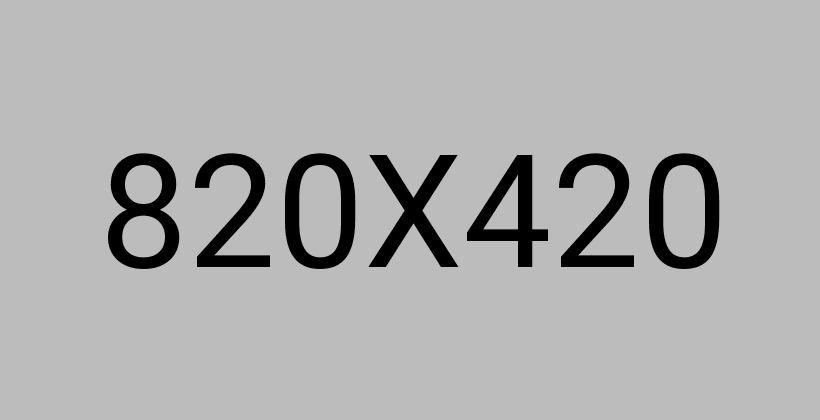Research Report #11
"I need to measure the base and the height": Examining Preservice Teacher's Responses Top Area Conservation Tasks
DaeHong, University of Iowa
Abstract
purpose of this work was to explore how elementary preservice teachers respondedto area conservation tasks. We administered written pre-assessments, followedby semi-structured interviews with 23 preservice teachers, asking them torespond to and reason with area conservation tasks. Findings highlighted severalinteresting preservice teachers' challenges when assessing area conservation tasks. Inmany cases, preservice teachers exhibited struggles similar to students, especiallywith regards to the justification of their area conservation claims and they have concept images of different shapes that do not coincide with the corresponding mathematical definitions.
Exploring PSTS' Responses to Students' Volume Misconceptions
DaeHong, University of Iowa
Abstract
The purpose of this study was to explore how elementary pre-service teachersresponded to students’ hypothetical misconceptions about volume measurement. Wecarried out both pre-assessments and follow-up interviews with 17 pre-serviceteachers, with tasks focused on both volume content knowledge and hypotheticalstudent responses to volume tasks. Preliminary findings indicated a preferencetowards show-and-tell responses, often with a focus correct or incorrect use of thevolume formula. While PSTs were frequently able to correctly identify students’learning challenges with regards to volume, theyexperienced difficulty in addressingthose challenges in meaningful ways. Recommendations for supporting pre-serviceteachers in teacher education programs are discussed.
Student Gesture & Diagram Use as Assessment Data for Units Understanding
Cathy Kaduk, North Central College
Abstract
Gesture and diagram-use observations can play a role in triangulating evidence when making short-term decisions about students’ thinking. Results of an analysis of fourth-grade students solving array multiplication problems provide data for making inferences about student number construction (units understanding) and related inferences about additive vs multiplicative reasoning by using gestures, verbal thinking, diagram-use, and other written work. Array multiplication problems are common in third –sixth grade. Break-apart multiplication examples in the study represent the distributive property. The analysis of video and written work from 64 protocol interviews of students’ gestures, explanations, and written work using a coding system based on prior unit coordination studies led to the development of a teacher observational tool for this purpose. Training teachers and teacher candidates to observe gestures and diagram use is underway.
